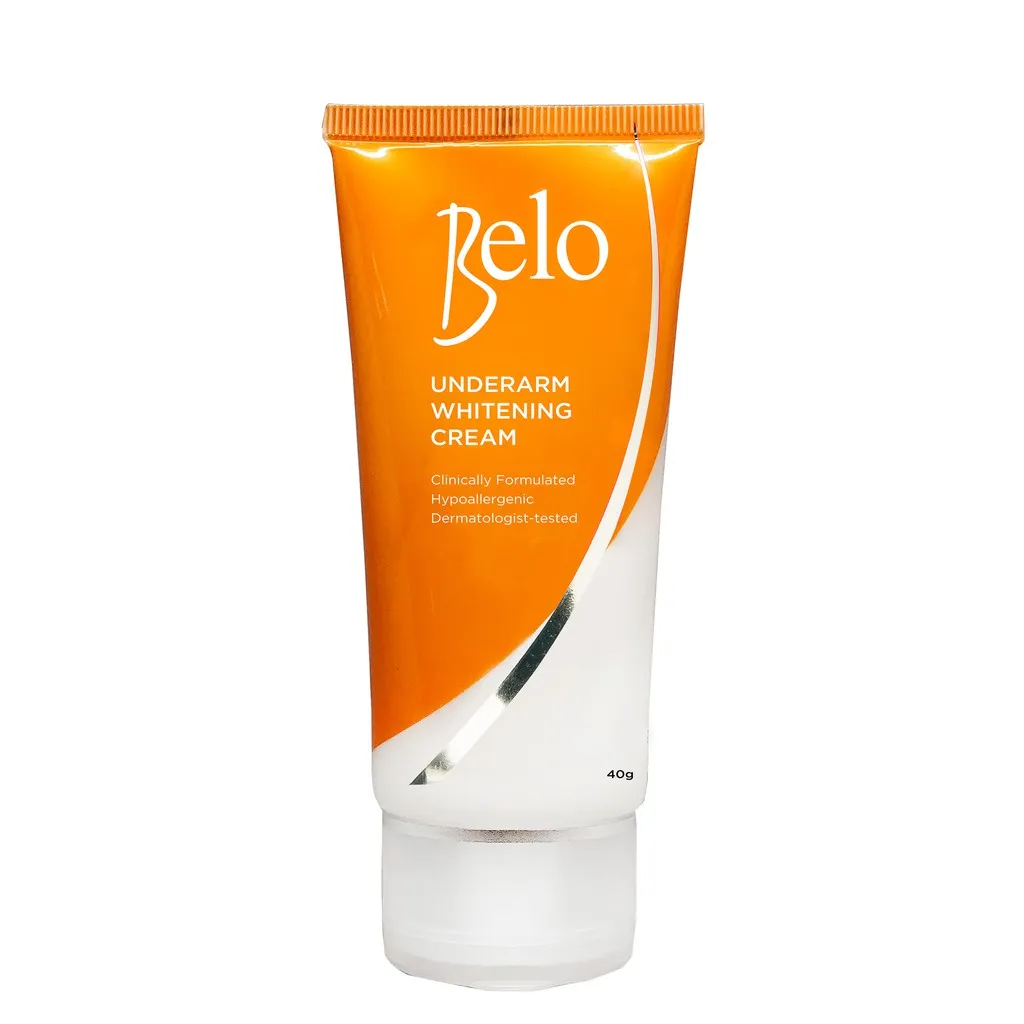What is Underarm Whitening?
Underarm whitening is the process of lightening the skin in the underarm area to reduce the appearance of dark spots and discoloration. This cosmetic concern is common among individuals of all skin tones, and various methods can be used to achieve lighter underarms. These methods range from over-the-counter products and natural remedies to professional treatments. The goal of underarm whitening is to restore the skin’s natural tone and improve its overall appearance, boosting confidence and promoting a more even skin complexion. Many people in the Philippines seek effective solutions for underarm whitening due to the humid climate and certain lifestyle factors. The journey to achieving lighter underarms often involves understanding the underlying causes of the discoloration and choosing the most appropriate methods based on individual skin types and preferences.
Causes of Dark Underarms
Several factors can contribute to the darkening of underarms. Understanding these causes is crucial for choosing the right whitening methods. Common causes include hyperpigmentation, which is the overproduction of melanin, the pigment that gives skin its color. Shaving is another significant factor, as it can cause irritation and inflammation, leading to post-inflammatory hyperpigmentation. The use of harsh deodorants and antiperspirants, which often contain alcohol and other chemicals, can also irritate the skin and cause discoloration. Additionally, certain medical conditions, hormonal imbalances, and genetic factors can play a role. Friction from tight clothing and excessive sweating in humid climates, like the Philippines, can further exacerbate the issue. Identifying the specific causes in your case will help you choose the most effective treatment. (image causes-of-dark-underarms.webp)
Hyper-pigmentation Explained
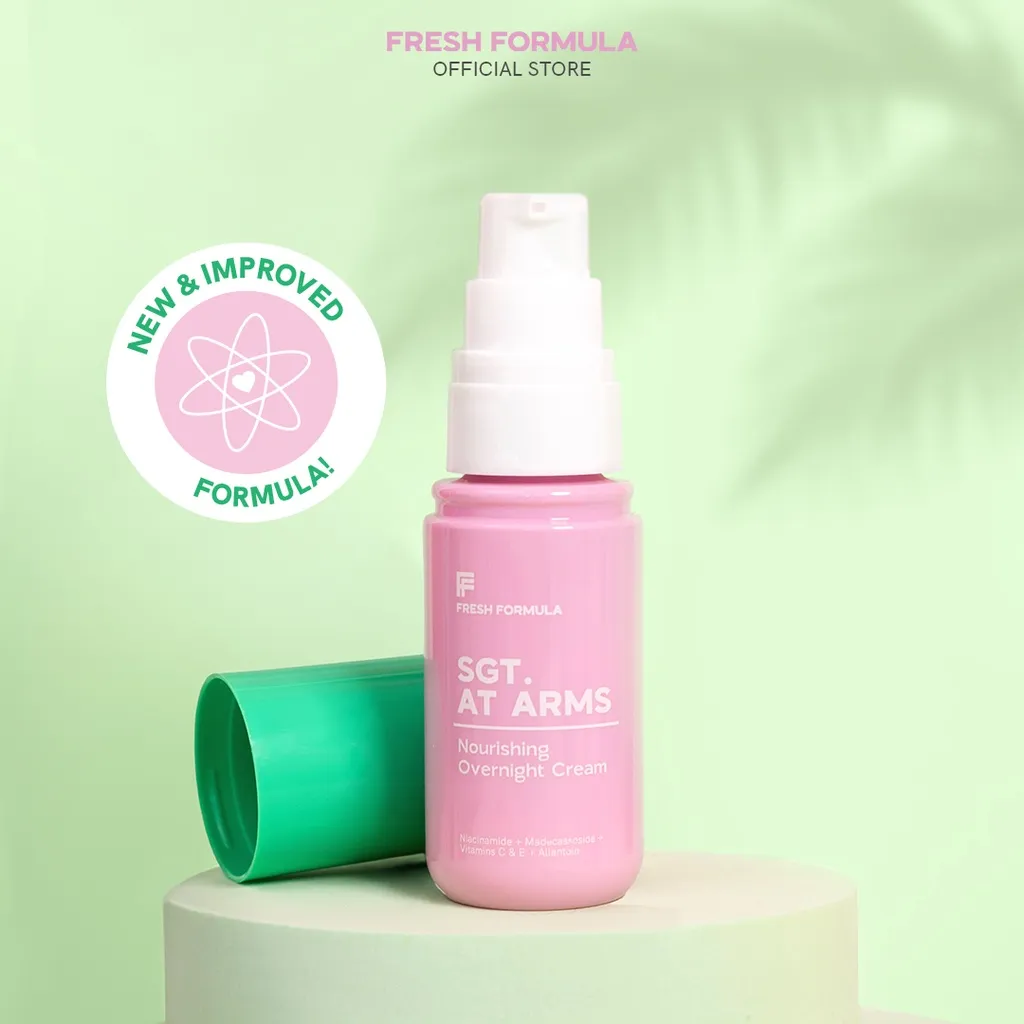
Hyperpigmentation is a condition where patches of skin become darker in color than the surrounding skin. In the context of underarms, this darkening is often due to an overproduction of melanin. This can be triggered by various factors, including inflammation, irritation, and hormonal changes. Post-inflammatory hyperpigmentation (PIH) is particularly relevant, as it results from inflammation caused by shaving, waxing, or the use of harsh chemicals. Melanin production is the body’s natural response to protect the skin from damage, but excessive production can lead to dark spots and uneven skin tone. Effective underarm whitening treatments often target the reduction of melanin production and the promotion of cell turnover to lighten the affected area.
Shaving and its Effects
Shaving is a common hair removal method, but it can contribute to underarm darkening. The act of shaving can cause micro-tears in the skin, leading to irritation and inflammation. This irritation can trigger post-inflammatory hyperpigmentation (PIH), causing the skin to darken. The use of dull razors or shaving without proper lubrication can exacerbate this issue. Ingrown hairs, a common consequence of shaving, can also lead to inflammation and discoloration. Furthermore, the friction from the razor against the sensitive underarm skin can cause friction-induced hyperpigmentation. Regularly exfoliating the underarm area and using sharp razors with a moisturizing shaving cream can help minimize the negative effects of shaving and reduce the likelihood of underarm darkening.
Deodorants and Antiperspirants
Many deodorants and antiperspirants contain ingredients that can irritate the sensitive skin of the underarms, leading to discoloration. Common culprits include alcohol, fragrances, and certain chemicals. Alcohol can dry out the skin, leading to irritation and inflammation, which can trigger hyperpigmentation. Fragrances can also cause allergic reactions and skin sensitivity, further contributing to darkening. Some antiperspirants contain aluminum-based compounds that can block sweat glands, potentially leading to irritation and discoloration over time. Switching to a hypoallergenic or fragrance-free deodorant can often help reduce irritation and improve skin tone. It’s essential to read labels and choose products that are gentle and suitable for sensitive skin.
Top Underarm Whitening Methods Philippines

The Philippines offers a wide array of underarm whitening methods, catering to different preferences and budgets. These methods range from readily available over-the-counter products and natural remedies to professional treatments offered by dermatologists and skin clinics. When choosing a method, consider your skin type, the severity of the discoloration, and your personal preferences. It’s advisable to consult with a dermatologist to determine the most suitable approach for your specific needs. This guide provides detailed information on various methods, including their benefits, potential drawbacks, and how to use them effectively. The best approach often involves a combination of methods and consistent application to achieve optimal results.
Over-the-Counter Products
Over-the-counter (OTC) products provide an accessible and convenient way to address underarm darkening. These products typically include whitening creams, lotions, and serums that contain active ingredients known for their skin-lightening properties. Common ingredients include hydroquinone, kojic acid, arbutin, and vitamin C. Hydroquinone is a potent skin-lightening agent that inhibits melanin production, but it requires careful use and may not be suitable for everyone. Kojic acid, derived from fungi, also inhibits melanin production and is generally milder. Arbutin, extracted from the bearberry plant, is a natural skin-lightening agent that gradually lightens the skin. Vitamin C, an antioxidant, helps brighten the skin and reduce discoloration. When choosing OTC products, carefully read the labels, perform a patch test before widespread use, and follow the product’s instructions. (image whitening-creams-philippines.webp)
Whitening Creams
Whitening creams are a popular choice for underarm lightening. They typically contain a combination of active ingredients designed to reduce melanin production and promote skin cell turnover. When selecting a whitening cream, consider the ingredients and their concentrations. Hydroquinone is a common ingredient, but it can cause side effects like skin irritation and redness, so use it with caution. Kojic acid, arbutin, and vitamin C are milder alternatives that can be effective. Look for creams that also contain moisturizing ingredients to keep the underarm skin hydrated. Apply the cream as directed, usually once or twice daily, and be patient, as it may take several weeks to see noticeable results. Consistent use is essential for achieving and maintaining lighter underarms.
Exfoliating Scrubs
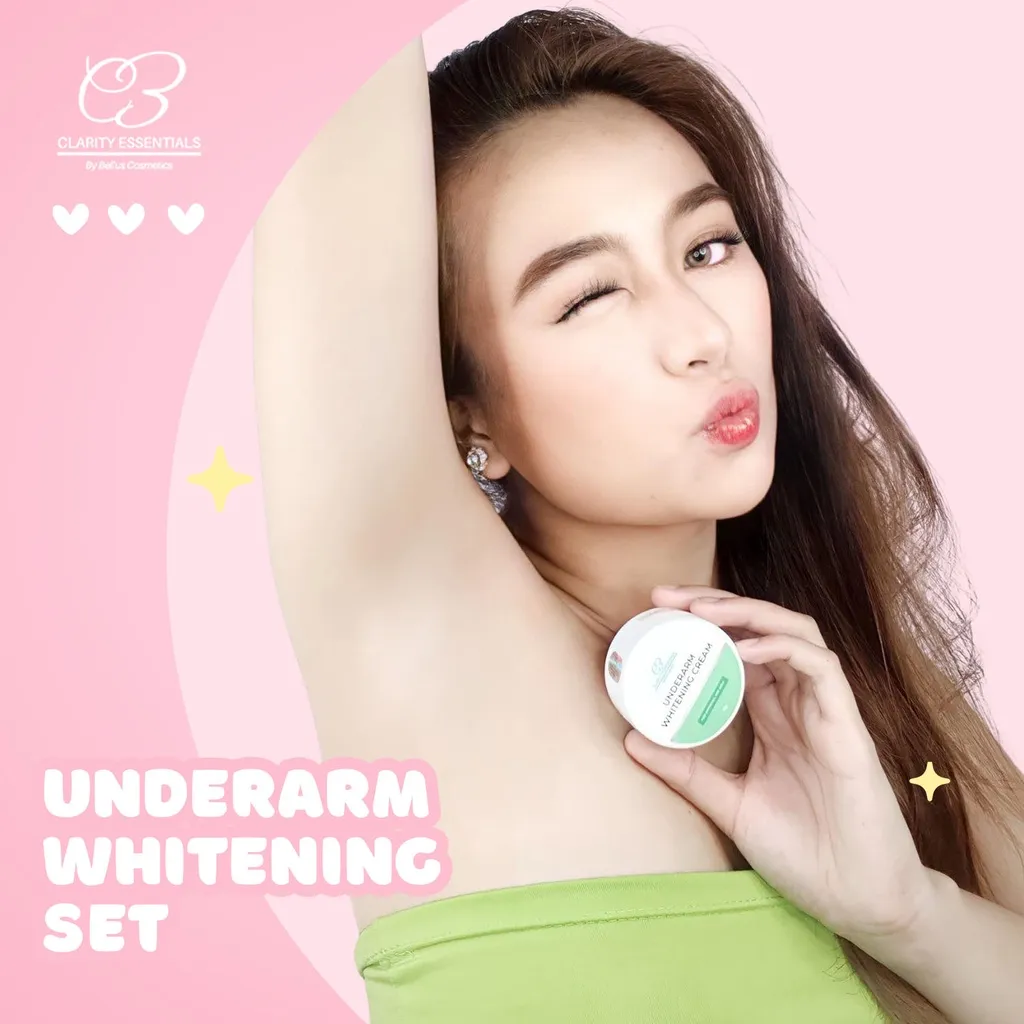
Exfoliating scrubs can help remove dead skin cells, unclog pores, and improve the effectiveness of whitening treatments. Regular exfoliation can also help to even out skin tone and reduce the appearance of dark spots. When choosing an exfoliating scrub, opt for gentle formulas with fine particles to avoid irritating the sensitive underarm skin. Ingredients like sugar, salt, or finely ground seeds can be effective. Apply the scrub to wet underarms and gently massage in circular motions for a minute or two, then rinse thoroughly. Exfoliate the underarms 1-2 times per week. Avoid over-exfoliating, as this can lead to dryness and irritation. Combining exfoliation with whitening creams can enhance results. (image exfoliating-scrubs-philippines.webp)
Natural Remedies
Many natural remedies can help lighten underarms. These remedies often use readily available ingredients and are generally safe and affordable. While natural remedies may take longer to show results than some other methods, they can be a good option for those seeking gentler alternatives. Consistency is key when using natural remedies, and it’s important to patch-test any new ingredient before applying it to the entire underarm area. Some of the most effective natural remedies include lemon juice, baking soda, and aloe vera. (image natural-remedies-underarm.webp)
Lemon Juice
Lemon juice is a natural bleaching agent and a popular remedy for underarm whitening. Its acidity can help exfoliate the skin and lighten dark spots. To use lemon juice, apply fresh lemon juice to the underarms and leave it on for 15-20 minutes before rinsing thoroughly. It is essential to dilute the lemon juice with water, especially if you have sensitive skin, to avoid irritation. Repeat this process 2-3 times a week. Avoid sun exposure after applying lemon juice, as it can make your skin more sensitive to the sun. Note that lemon juice may cause temporary stinging or irritation, so it is best to perform a patch test before using it on the entire underarm area.
Baking Soda
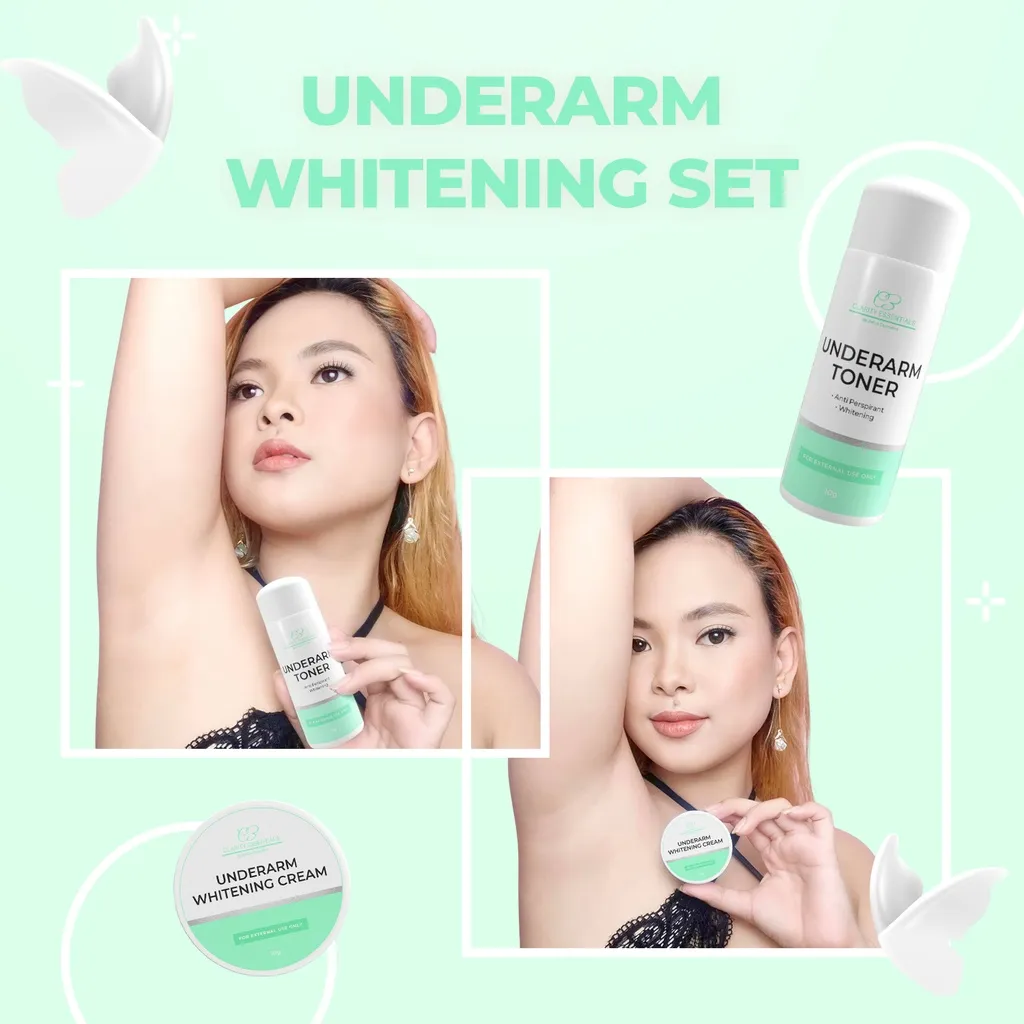
Baking soda acts as a gentle exfoliant, helping to remove dead skin cells and brighten the underarms. To use baking soda, mix it with water to form a thick paste. Apply the paste to your underarms and gently scrub in circular motions for a minute or two. Rinse thoroughly with water. Baking soda can also help neutralize odor-causing bacteria. For best results, use this remedy 1-2 times per week. Be cautious not to scrub too hard, as this can irritate the skin. Combining baking soda with lemon juice can enhance its exfoliating and lightening properties.
Aloe Vera
Aloe vera is known for its soothing and moisturizing properties. It can also help lighten dark underarms and reduce inflammation. Apply fresh aloe vera gel to the underarms and leave it on for about 20 minutes before rinsing. Aloe vera contains compounds that can reduce melanin production and promote skin healing. It is a great option for those with sensitive skin due to its gentle nature. Aloe vera also helps keep the skin hydrated, which is essential for overall skin health and can improve the effectiveness of other whitening treatments. Use aloe vera daily for best results.
Professional Treatments for Underarm Whitening
Professional treatments, offered by dermatologists and skin clinics, provide more potent and faster results for underarm whitening. These treatments often involve advanced technologies and stronger formulations than over-the-counter products. While professional treatments can be more expensive, they can be a good option for those who want quicker and more dramatic results. Common professional treatments include chemical peels and laser therapy. Before undergoing any professional treatment, consult with a dermatologist to determine the most suitable option for your skin type and condition. (image professional-underarm-treatments.webp)
Chemical Peels
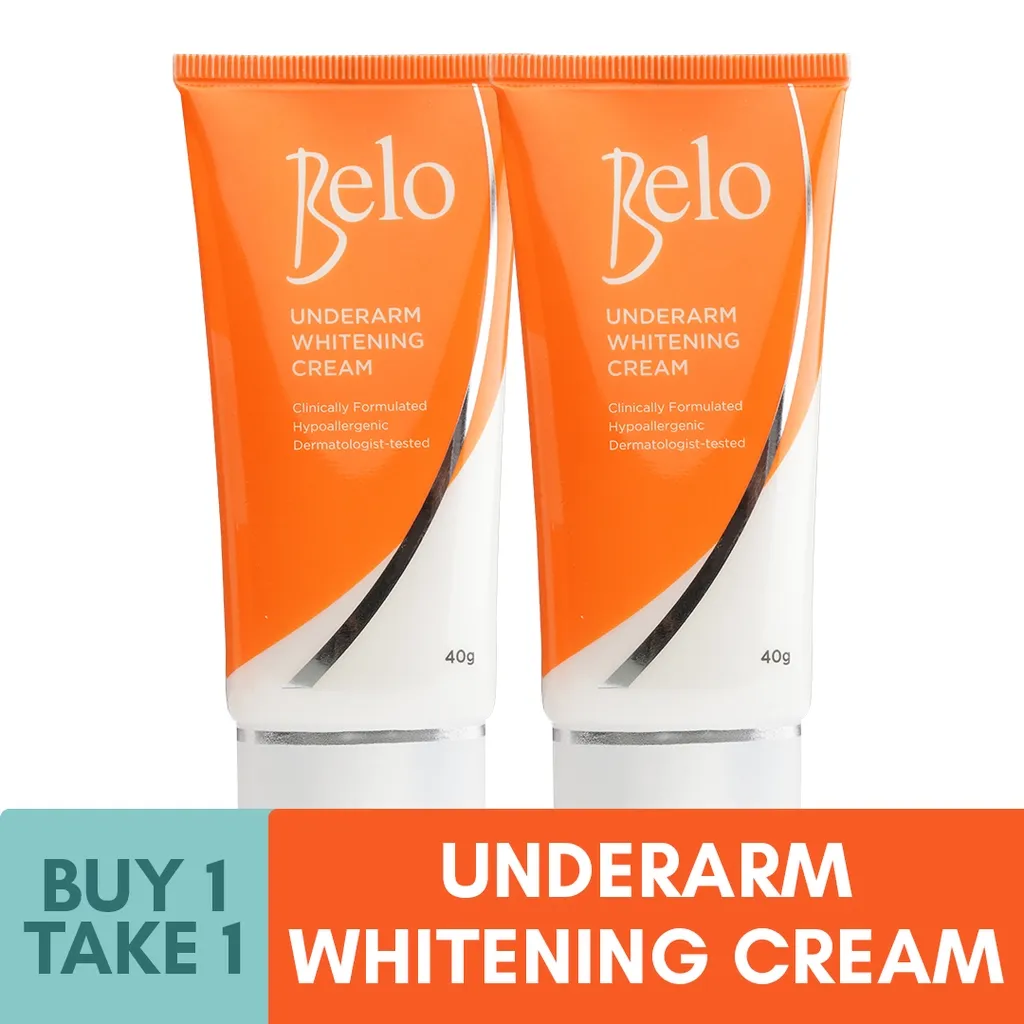
Chemical peels involve applying a chemical solution to the skin to exfoliate the top layers, revealing smoother and lighter skin underneath. Different types of chemical peels are available, ranging from mild to strong, and the dermatologist will choose the most appropriate type based on your skin type and the severity of the discoloration. Chemical peels can help reduce hyperpigmentation, improve skin texture, and stimulate collagen production. The treatment typically involves a few sessions, spaced several weeks apart. After the peel, the skin may be sensitive and require special care, including avoiding sun exposure and using gentle skincare products. Results can vary, but many people see significant improvement in their underarm appearance after a course of chemical peels.
Laser Therapy
Laser therapy is a more advanced treatment that uses focused light beams to target and break down melanin in the skin. Different types of lasers can be used, each with specific wavelengths designed to target melanin effectively. Laser treatments can be very effective for reducing dark spots and lightening the underarm area. The number of sessions required will vary depending on the severity of the discoloration. Laser therapy is generally safe, but it can cause some temporary side effects, such as redness and swelling. After the treatment, it is essential to follow the dermatologist’s instructions for post-treatment care. While laser therapy can provide significant results, it is often more expensive than other methods.
Maintaining Whitened Underarms
Maintaining lighter underarms requires consistent care and attention. It’s important to adopt habits that prevent the recurrence of dark spots and discoloration. This involves making informed choices in your daily routine, including proper hygiene practices, selecting the right products, and making certain lifestyle adjustments. By following these guidelines, you can prolong the effects of your whitening treatments and maintain a bright and even skin tone. (image maintaining-whitened-underarms.webp)
Proper Hygiene Practices
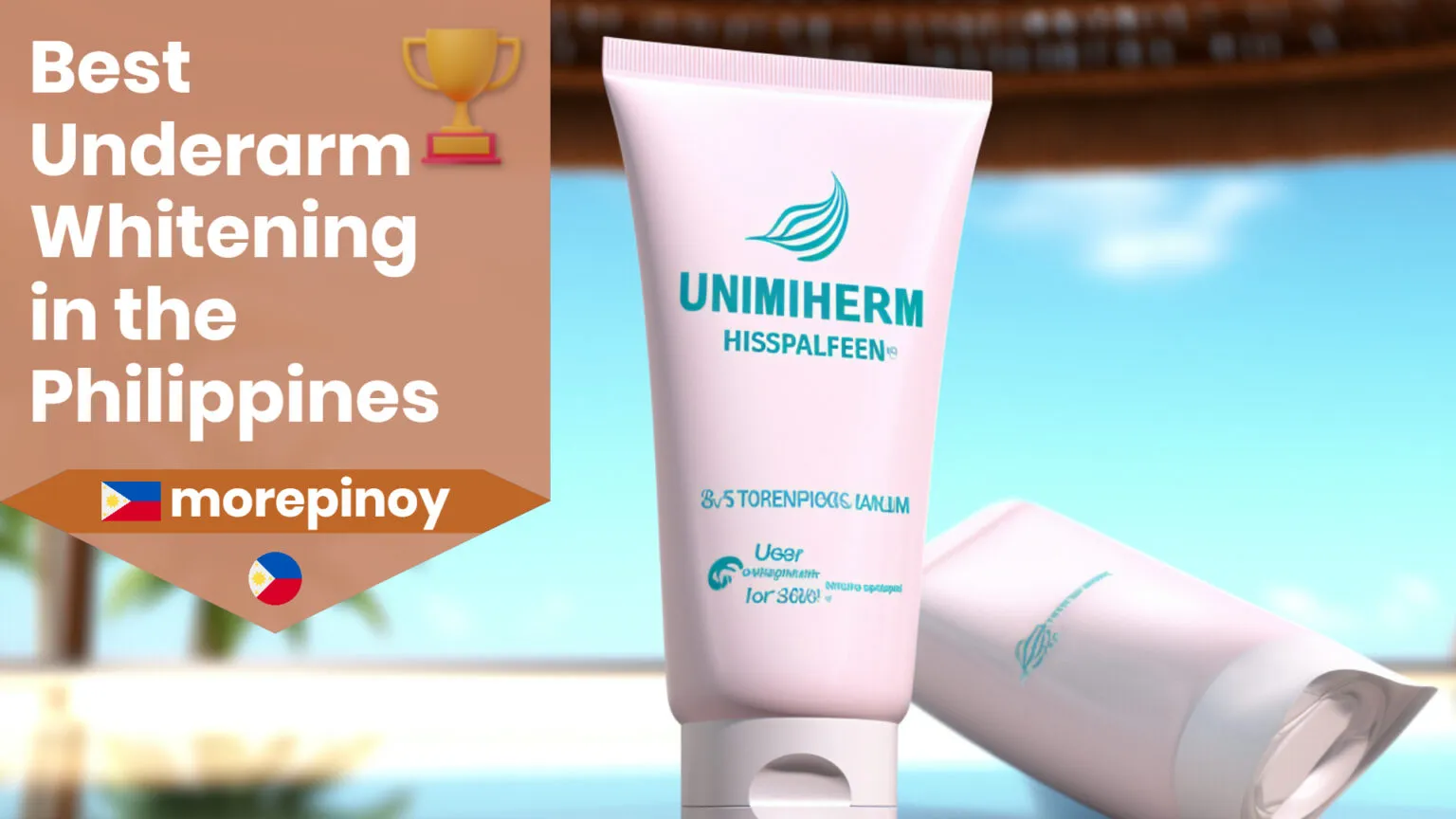
Maintaining good hygiene is crucial for preventing underarm darkening. Wash your underarms daily with a gentle cleanser to remove sweat, dirt, and bacteria. Make sure to dry the area thoroughly after washing, as moisture can promote bacterial growth and lead to discoloration. Avoid using harsh soaps or scrubs that can irritate the skin. Exfoliate the underarms regularly, but avoid over-exfoliation, which can cause irritation. Regularly trimming or waxing underarm hair instead of shaving can also help to reduce irritation. Additionally, consider using a deodorant that is gentle on your skin and free of harsh chemicals. Good hygiene habits are the foundation of healthy underarm skin.
Choosing the Right Products
Selecting the right skincare products is essential for maintaining lighter underarms. When choosing deodorants, opt for products that are aluminum-free, alcohol-free, and fragrance-free, as these are less likely to cause irritation and discoloration. Look for deodorants with skin-soothing ingredients like aloe vera or chamomile. If you use whitening creams, continue using them as part of your regular routine, following the product’s instructions. Also, incorporate a gentle, non-irritating cleanser into your daily routine. Consider using a mild exfoliant once or twice a week. Always patch-test new products before applying them to the entire underarm area. Review product labels carefully, paying attention to ingredients that may cause irritation or worsen discoloration.
Lifestyle Adjustments
Certain lifestyle adjustments can help prevent the recurrence of underarm darkening. Wear loose-fitting clothing made from breathable fabrics, such as cotton, to reduce friction and minimize sweating. Avoid tight clothing that can rub against the underarms and cause irritation. Manage excessive sweating by using an antiperspirant or by wearing moisture-wicking clothing during exercise. Maintain a healthy weight, as obesity can contribute to increased sweating and friction. Limit sun exposure to the underarm area, as sun exposure can worsen hyperpigmentation. Following a balanced diet and staying hydrated can also improve overall skin health. By adopting these lifestyle habits, you can better maintain lighter, even-toned underarms. (image lifestyle-adjustments-underarm.webp)
Avoiding Irritants

Avoiding irritants is critical for preventing underarm darkening. Be mindful of potential irritants in your daily routine and take steps to minimize exposure. Stop using products that cause irritation, such as harsh deodorants or fragranced soaps. If you shave, use a sharp razor and a moisturizing shaving cream or gel. Avoid using products containing alcohol, which can dry out and irritate the skin. When washing clothes, use hypoallergenic detergents and avoid fabric softeners, as these can sometimes irritate sensitive skin. Reduce friction in the underarm area by wearing loose clothing. By identifying and avoiding irritants, you can significantly reduce the risk of underarm discoloration and maintain healthier skin.
